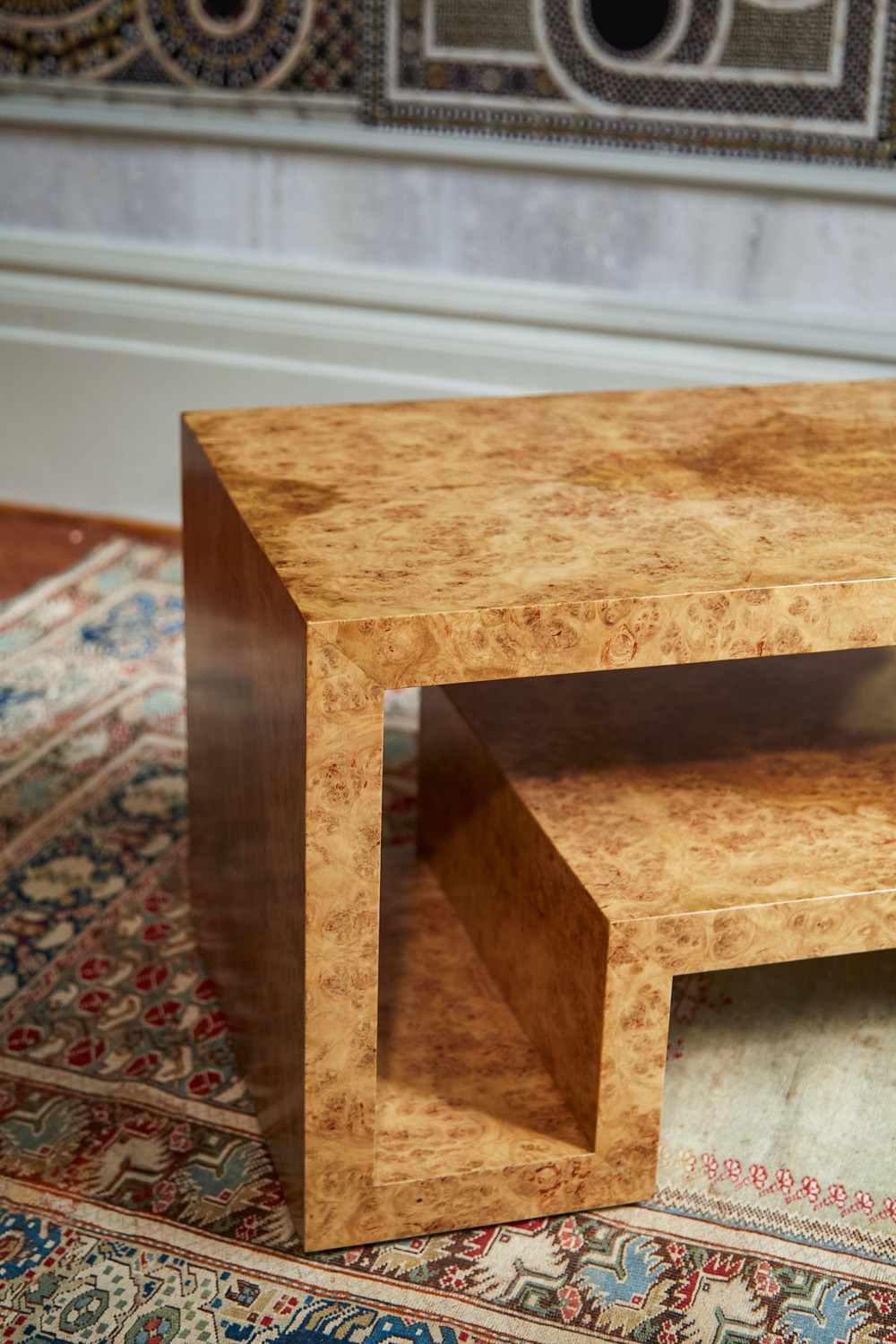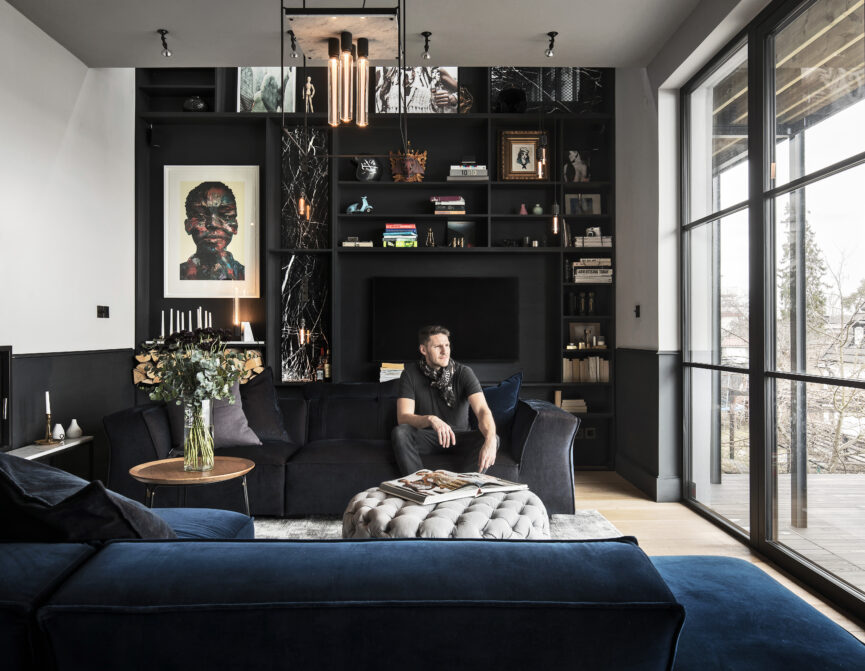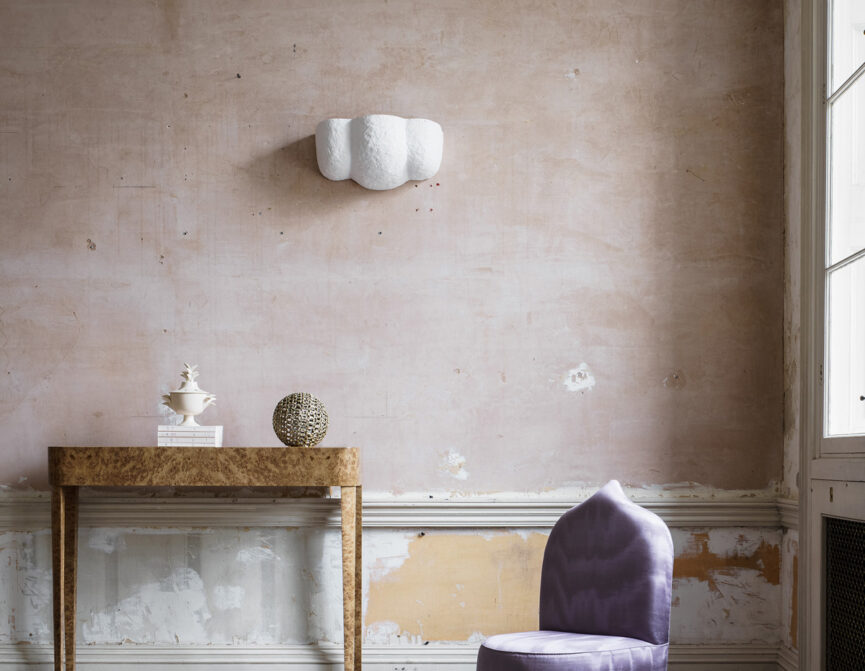A discussion with virtuoso design duo Duncan Campbell and Charlotte Rey.
For virtuoso design duo Duncan Campbell and Charlotte Rey, there are no limits to what is possible in a space. Theirs is a creative spirit that’s hard to pin down. No aesthetic, allusion, material or colour is off-limits in the studio’s desire to carve beautifully crafted joie-de-vivre pieces. The pair met while editing the biannual in-house publication Acne Paper, published by the Swedish brand Acne Studios. After branching out on their own, they have fully transitioned from creative consultancy to design practice with a portfolio that spans residential and commercial interiors, creative branding and product design.
Charlotte describes their insouciant aesthetic as convivial, colourful and fun. “We often talk about how to design the immaterial – light, space and emotion guide our thinking. How do you make the best use of architectural proportions or the path of the sun in a room? How would you like to make someone feel?” Charlotte says. “We love mixing antiques with contemporary pieces and have a special eye for great craftsmanship and details. We love entertaining, so we often work with clients who do too.”
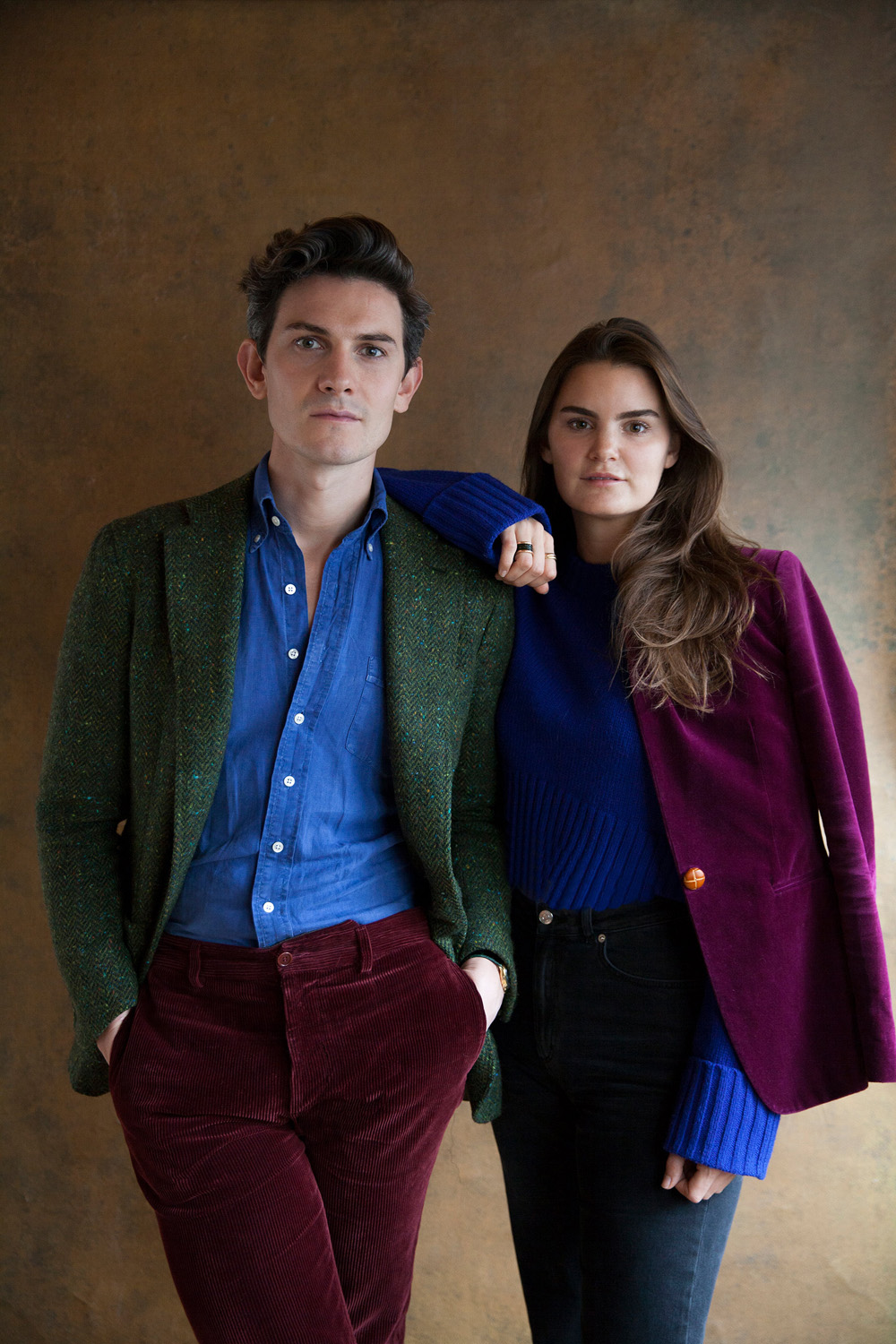

During lockdown, Campbell-Rey designed their debut furniture line for the high-end design platform the Invisible Collection. Each piece is irreverent, full of character and unexpected materiality. The intention was to put a contemporary, eclectic spin on classic 20th-century European designs, drawing particularly on the traditions of the decorative arts.
Pieces include a sunshine-yellow lacquered bench with a mohair pillow, a sinuously sculptural mirror in a tortoiseshell-painted finish, a skirted cocktail chair and a tiger-print pouffe. Each is a joyful celebration of exceptional craftsmanship. There is a playfulness, too, in the juxtaposition between antique, heritage shapes and modern touches which reveals a depth of understanding as to how different objects interact within a space.
We love mixing antiques with contemporary pieces and have a special eye for great craftsmanship and details.
- Charlotte Rey
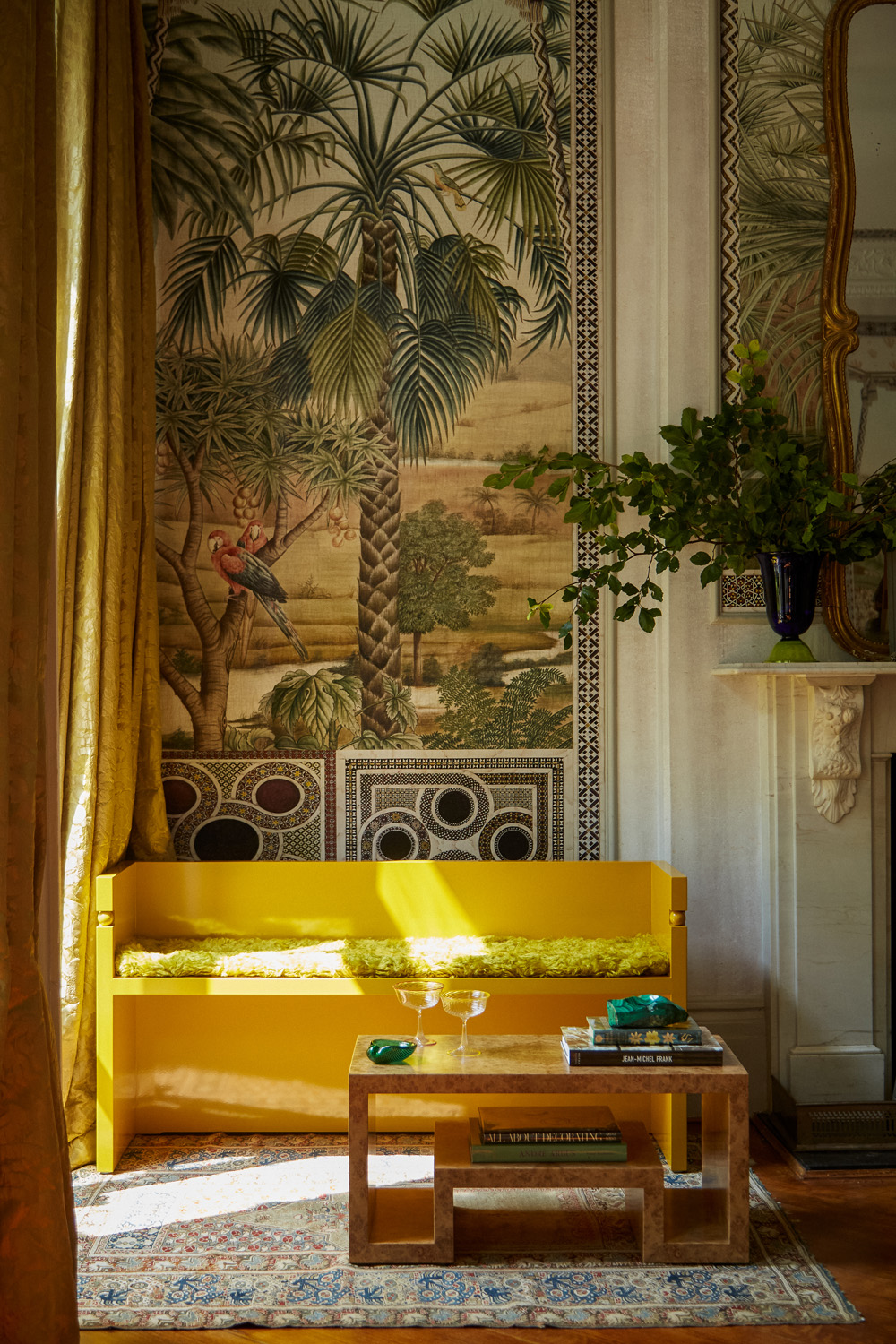

What guides their creative touch is the relationship they build with their clients. “Being an interior designer involves being a bit of a detective – we need to understand the desires, needs and tastes of a client and our job is often to show people things they hadn’t even dreamt of,” Duncan explains. “Our aesthetic is quite pronounced, which means that clients who come to us tend to know they like what we do. We really enjoy this part of the process and we’ve been lucky to find clients who are. on the whole. very engaged. They tend to be ambitious about pushing the envelope both aesthetically and in terms of materials, decorative techniques and the overall scope of what a project can achieve.”
Variety is an important part of their approach, and they apply different tones, materials and furniture to different zones of the house. A living space can be full of eclectic objects and energetic colours, whereas a bedroom might be more pared-back and serene. Equally, a townhouse in London serves a different purpose to that of a holiday home in southern France. “Every client’s needs and tastes are unique, as are the spaces within their home, so as designers we respect those elements, but within that, we are also trying to create something that transports the client – that’s when the magic happens.”
When asked if they think of themselves as influential, Duncan laughs. “It’s a great compliment,” he says, “but what’s important to us is to make work that we feel proud of, that’s a good fit for our clients’ needs and hopefully to have fun in the process.” The studio is currently working on a pre-war apartment in New York, a canal house in Utrecht as well as villas in San Remo and the south of France.
